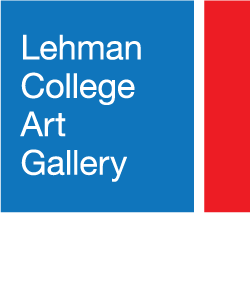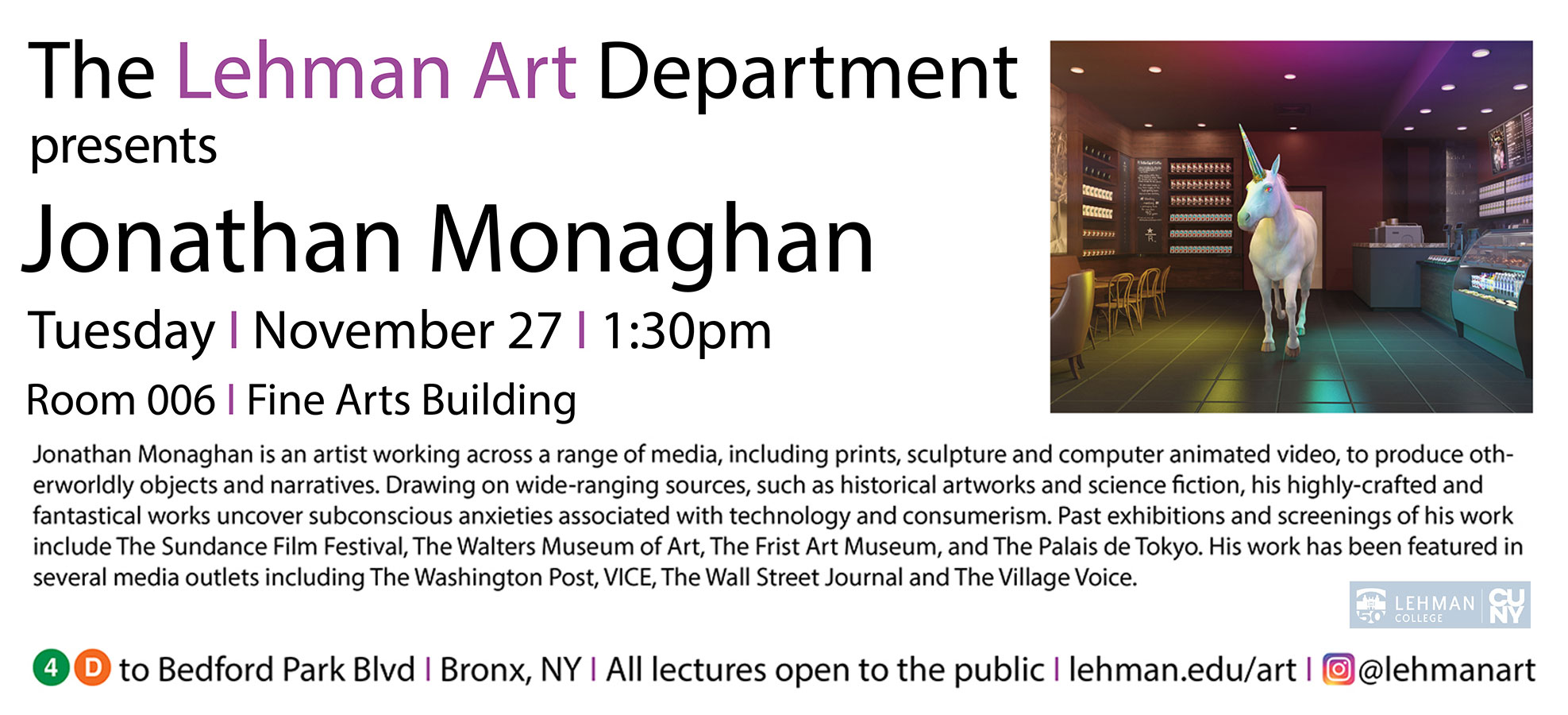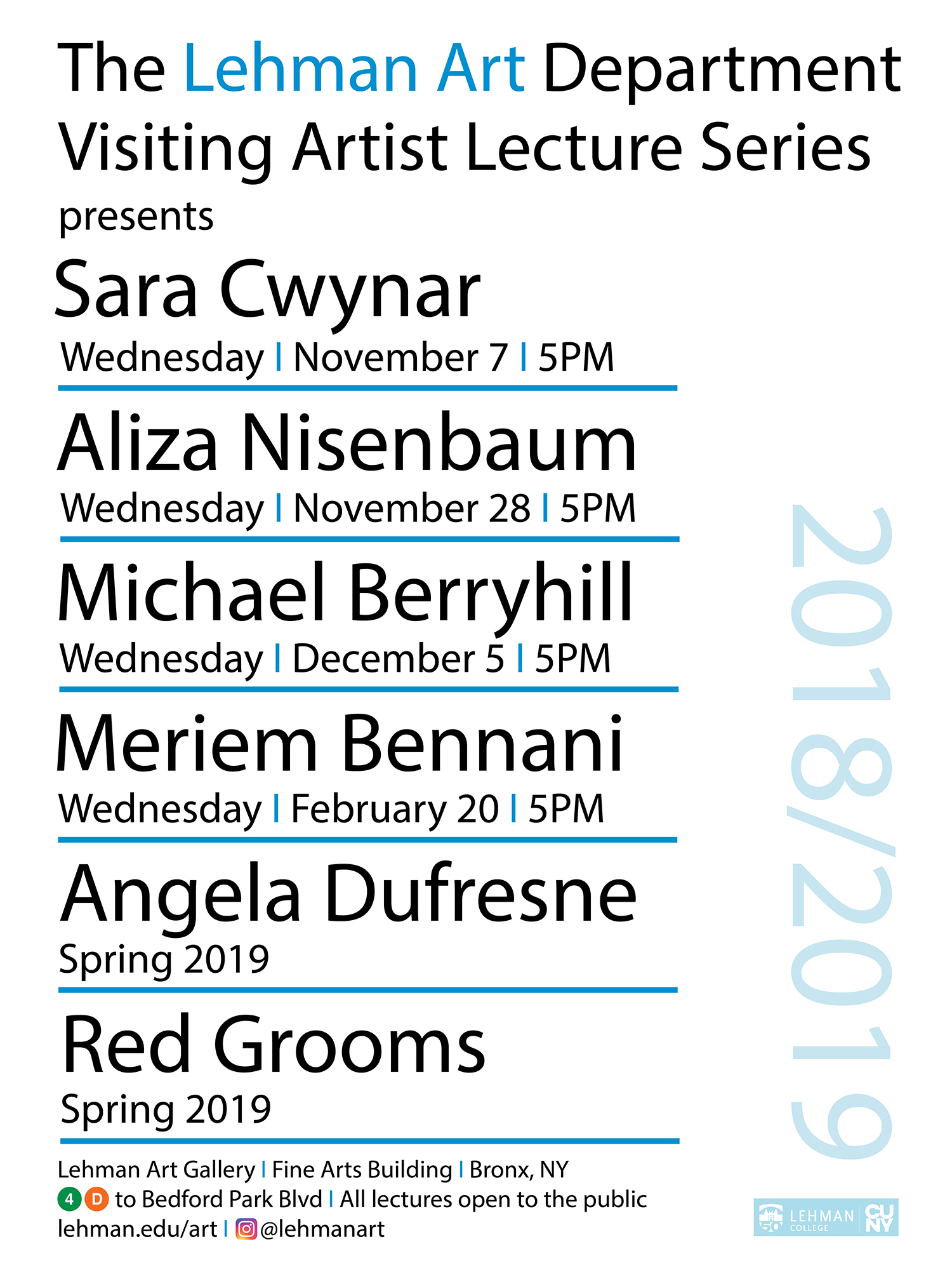July 8, 1999 – September 17, 1999
New York Press Photographers Year in Pictures
Bringing together approximately two-hundred photographs and an audio installation, NY Newspaper Photography 1957 to the Present will focus on the history of New York Newspaper Phography through the members of the New York Press Photography Association.
Through photographs and an audio presentation of the oral history of New York Newspaper photography during this time period, the exhibition will trace the cultural, social, political, and historical changes along with the development of newspaper photography and its technological changes. 1957 was the year of Sputnik. In New York, newspapers assigned photographers to photograph Sputnik passing over Manhattan from the Empire State Building. This was the marker for the beginning of social and technological change.
There have been Pulitzer Prize winning photographs by members of NYPPA including Andy Lopez’s photograph of a Batista General being given the last rites. Eddie Adams’ photograph “Moment of Execution” and Ozier Mohammed’s photographs of starvation in Ethiopia. And two photographers have won the World Press Prize, Gerald Herbert of his coverage of Haiti and Susan Watts for her photographs of a female drug addict.
Members’ photographs have entered into our national consciousness becoming symbols of different eras. Danny Farrell’s photograph of John-John saluting at President Kennedy’s funeral, photographs of Mohammed Ali victorious over Sonny Listen in 1964 by Neil Leifer, Joel Landeau and John Rooney and the Larry Morris victory photograph of the Mets 1986 World Series win are but a few examples.
Through the history of New York newspaper photography our times can be seen. Castro’s take-over of Cuba and the Bay of Pigs, the Vietnam War, the Berlin Wall going up, the assasinations of John Kennedy, Robert Kennedy, and Martin Luther King, the Civil Rights and Equal Rights Movements, birth control and the pro-choice movements, problems in the Middle East, drugs, poverty, excessive wealth, AIDS, the Berlin Wall coming down, the break-up of the Soviet Union and the end of the Cold War, Mao and China, Asia’s emergence as an economic force, Mir, celebrity driven news, the Pope’s visit to Cuba to list a few.
The late ’50s marked the beginning of major equpiment and technological changes with the speed of collection and communication of pictures as the underlying links drive. In the late ’50s there was a move from the large cumbersome and slow one-shot at a time 4 x 5 speed-graphic to smaller 2 1/4″ mm cameras. Both cameras had fixed lenses. In addition, in the late ’50s until the mid ’60s, the motor-driven 70 mm Hulcher camera was used in many situations. This mother-driven camera was the precursor to the next advancement of motor drives for 35 mm cameras which became the newspaper industry standard through the mid- ’90s. The ’90s was seeing a transition to a computerized electronic image.
The ’60s and the 35 mm camera brought experimentation in new optics and lenses: wide and angle lenses; smaller telephoto lenses; 3-D and fish-eye lenses. Other technological innovations such as lenses with wider f-stops, the motor-drive, faster flash synchronization and faster films along with the improved portable police scanner created the ability to take pictures quickly in low-light situations as well as faster access to news. These advances changed the types of pictures which were made, picture construction, and the photographers relationship to the world.


